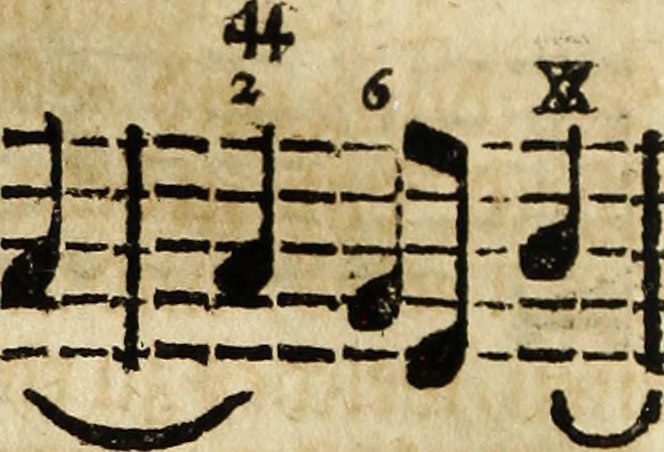In terms of making great music, taste and appreciation are essential.
What you listen to doesn’t directly translate into what you’ll create as a musician, however it has a huge impact.
Whether you’re struggling to break via creative blocks in your songwriting, beat making, or music production, there’s a huge opportunity to turn your musical appreciation into creative fuel.
Here is a way that you can use to turn music appreciation into inspiration.











 Because the ratio increases, so do the amount of gain reduction that happens when the input signal passes the threshold.
Because the ratio increases, so do the amount of gain reduction that happens when the input signal passes the threshold.